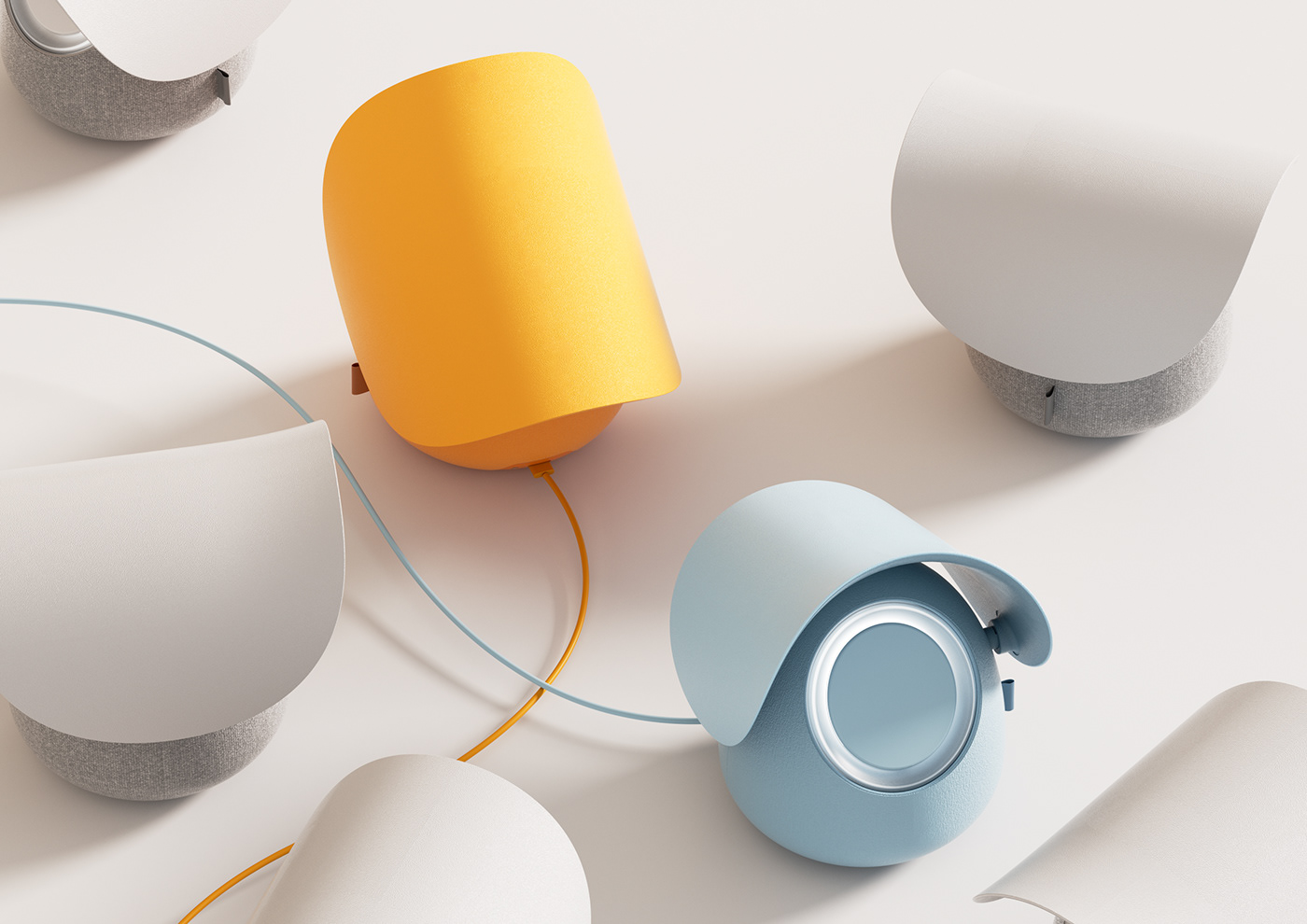
SoundMotion.
A streamlined way of companionship designed for long-distance couples.
Final master project, individual, 2023
Designed by Zhujun Pang, supervised by Joep Frens
Eindhoven University of Technology
*This is a speculative project and I am not affiliated with Spotify.
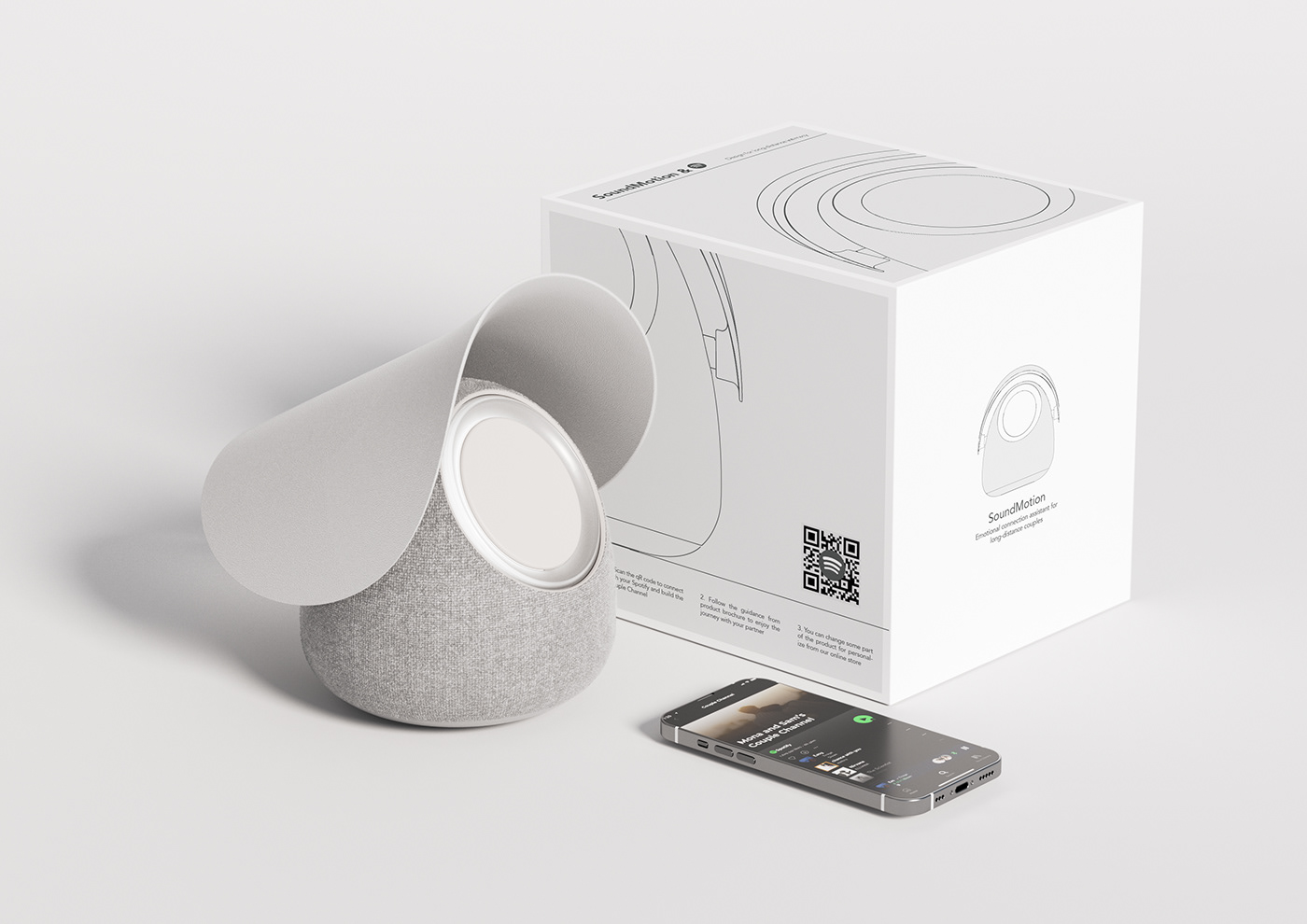
Brief:
37% of couples break up within 3 months of becoming geographically separated, highlighting the challenges of communication in long-distance relationships (LDRs). While the internet provides convenient channels for instant communication, such as text messages and video chats, these technologies primarily focus on explicit information transmission and overlook the emotionally rich communication needed in intimate relationships.
Researchers in the field of human-computer interaction have explored the use of haptic sensations, wearable technologies, hybrid interactions, and ambient media to foster emotional communication for LDR couples. However, most designs and studies have focused on imitating communication modes within intimate relationships from a technological standpoint. In reality, the lives of long-distance couples are often accompanied by complex emotional changes and needs, which necessitate a user-centered approach in research and design processes.
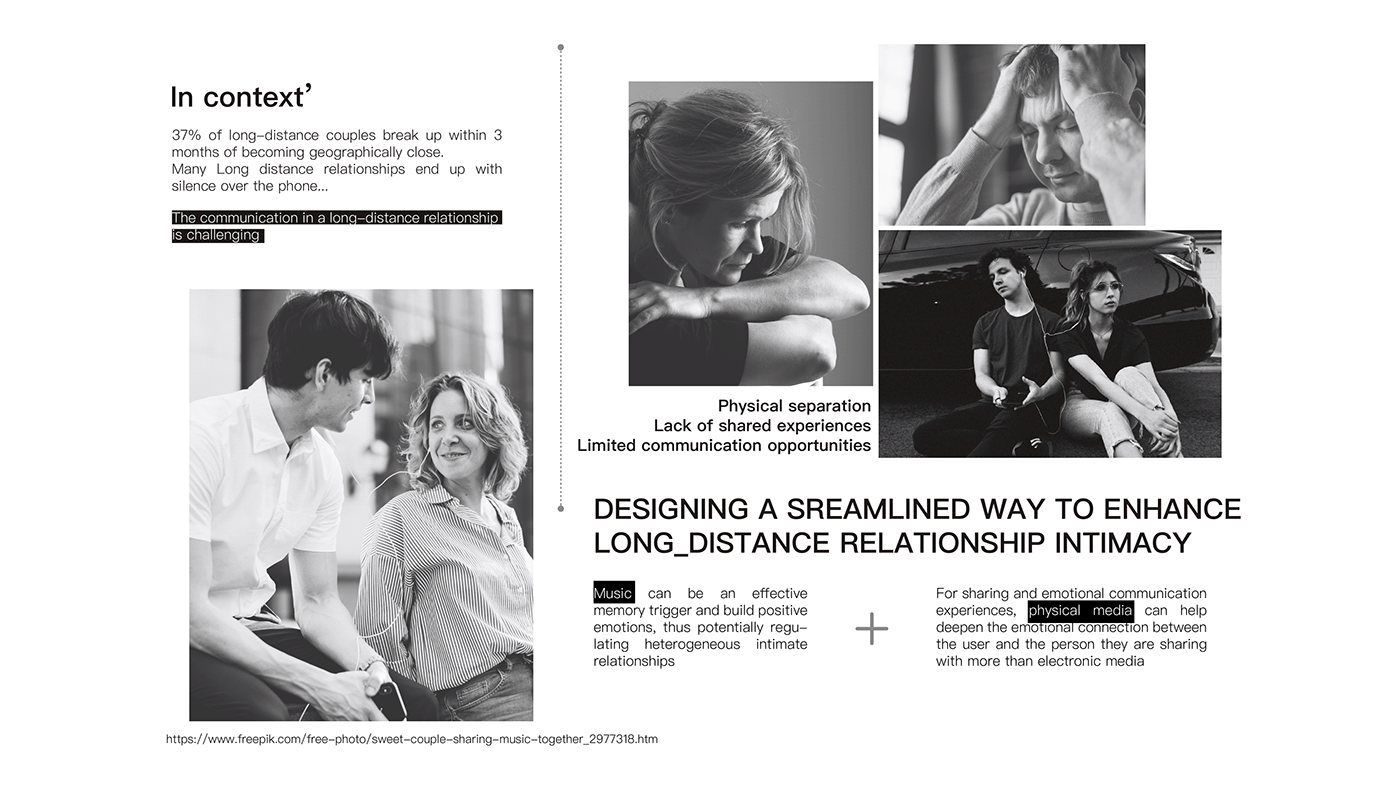
Exploring the use of music to facilitate implicit emotional communication between long-distance couples has emerged as a new design exploration space. Data collected through interviews and workshops conducted during the early stages of this design project indicate that music sharing can create daily topics for couples, provide a sense of presence through synchronized listening, and convey emotions and care through shared music. Therefore, this project aims to address the limitations in current research on long-distance intimate relationship technologies in the field of human-computer interaction, and explore how the combination of music sharing and explicit and implicit interactions can better help long-distance couples enhance their sense of intimacy.


Brainstorm
Once the design direction was established, I embarked on a brainstorming process to generate initial design concepts. I began by gathering a collection of images to create an inspiration board, with a focus on themes related to fostering connection, music, physical interaction, and emotional attachment. This collection served as a source of inspiration. Next, I extensively sketched various ideas to explore specific design solutions. At this stage, each concept encompassed unique product forms and interaction styles, while aligning with the design guidelines outlined in the previous chapters.
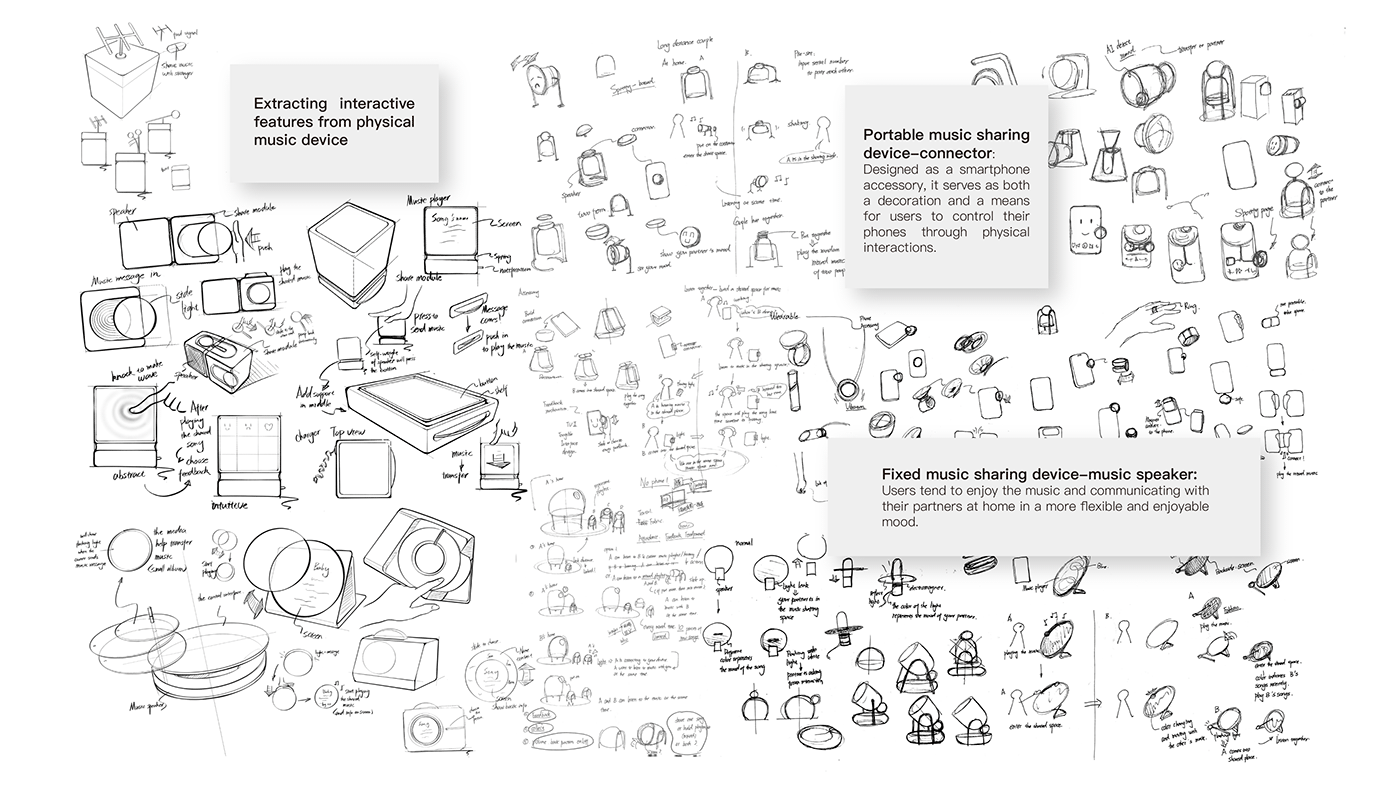
Initial concept
The design concept was tentatively determined to involve the integration of physical devices with a streaming service, aimed at creating a bespoke music sharing channel for couples. The physical interaction would afford users a sense of their partner's presence, while also serving as a means of message notification and a switch for the Couple Channel. The establishment of the Couple Channel and access to music sources would be realized within the framework of Spotify.
Regarding the specific physical product design, swinging was chosen as the primary means of physical interaction. This motion, derived from the movement of a swinging bell, would signify the arrival of new messages. Furthermore, the swinging action would serve as an indicator of the partner's online status, akin to a vibrant pet playfully rolling on its owner's desk, striving to capture their attention. To address the challenge of potential disruption in communication due to divergent schedules, a switch was incorporated to allow users to actively express their status and exercise control over their willingness to engage in interaction.
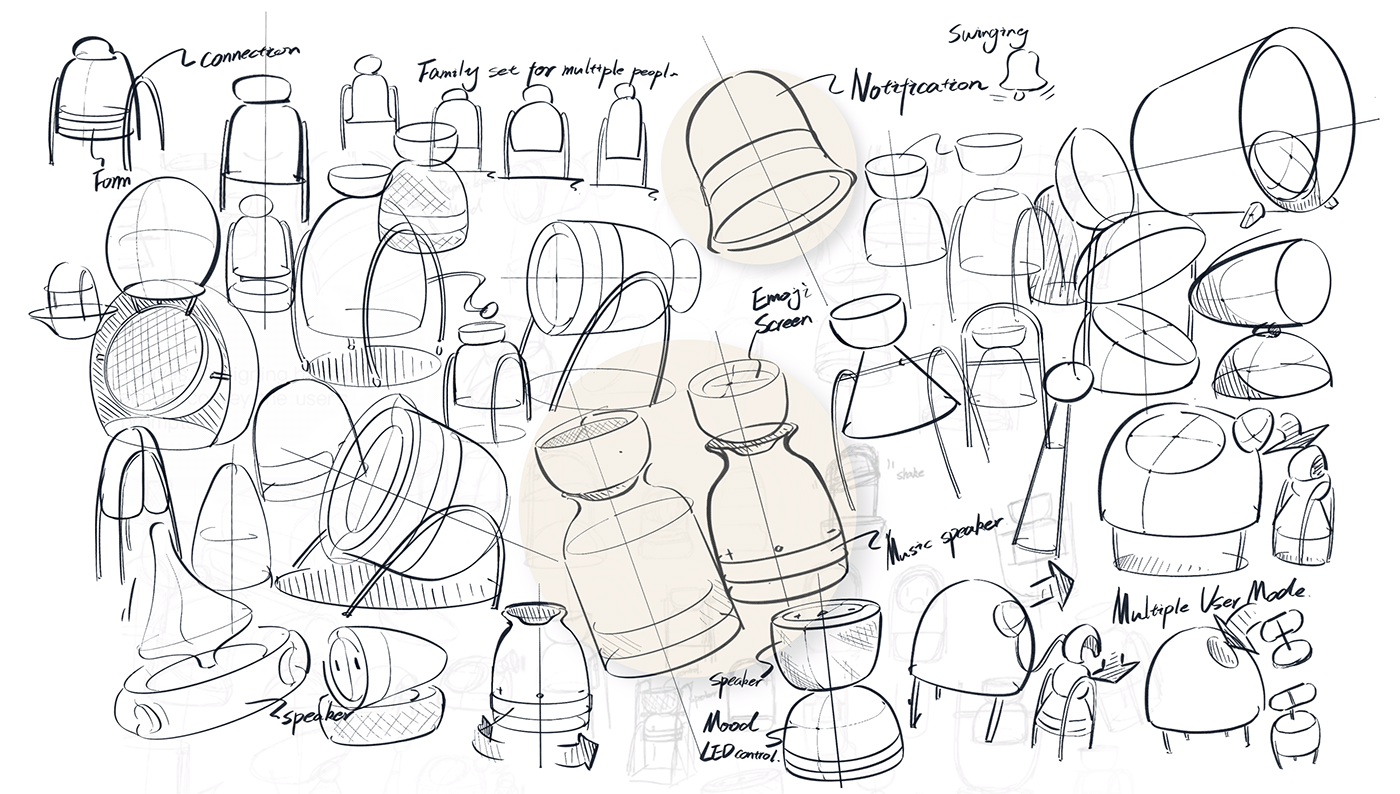


Interaction iteration
Following a low-fi prototype test and quick evaluation, it became apparent that placing the screen at the bottom of the main body design might conflict with users' expectations, thereby increasing their cognitive load. Consequently, the final design solution opted to position the screen in a more intuitively visible location. Furthermore, drawing inspiration from cuteness and
Personification: the design aimed to strengthen the sense of companionship between partners through the tangible product and anthropomorphism.

Final design
SoundMotion was specifically developed as a communication system aimed at facilitating seamless interaction between long-distance couples by combining synchronized music listening and physical engagement. Each couple is equipped with a dedicated device known as SoundMotion, which enables music playback and basic physical interactions. This device is seamlessly integrated with the user's individual Spotify account, allowing them to access personalized music feeds and communication data provided by the Spotify server.
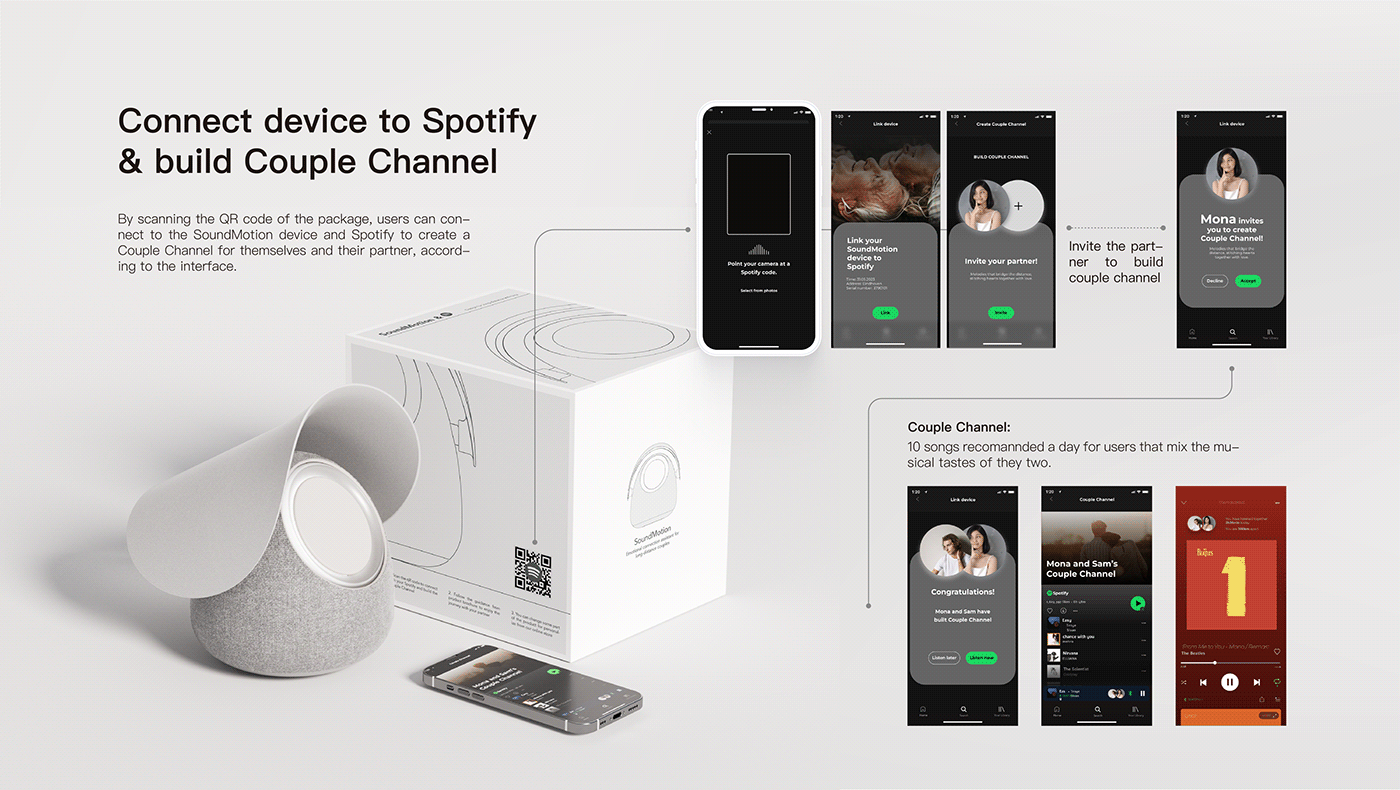
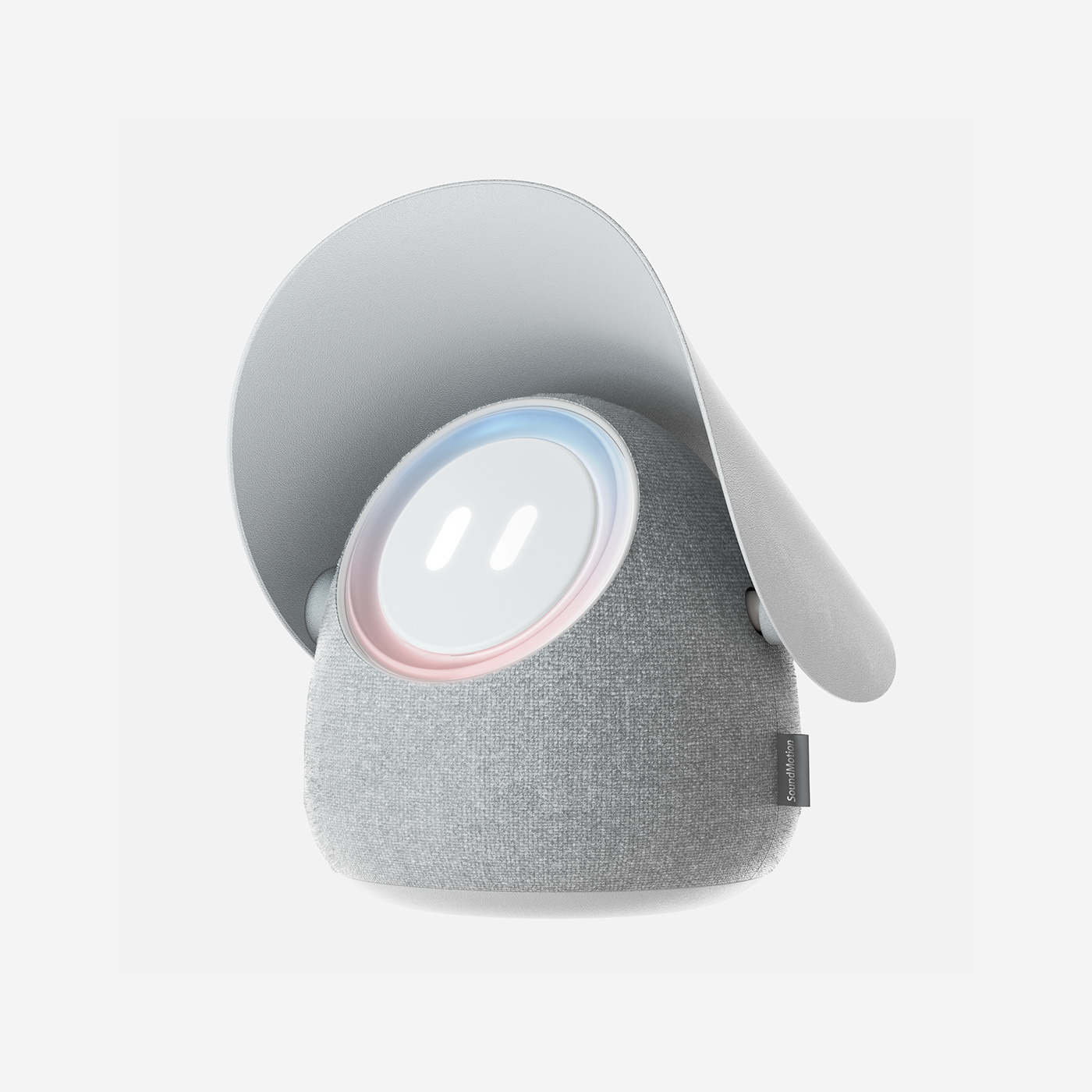


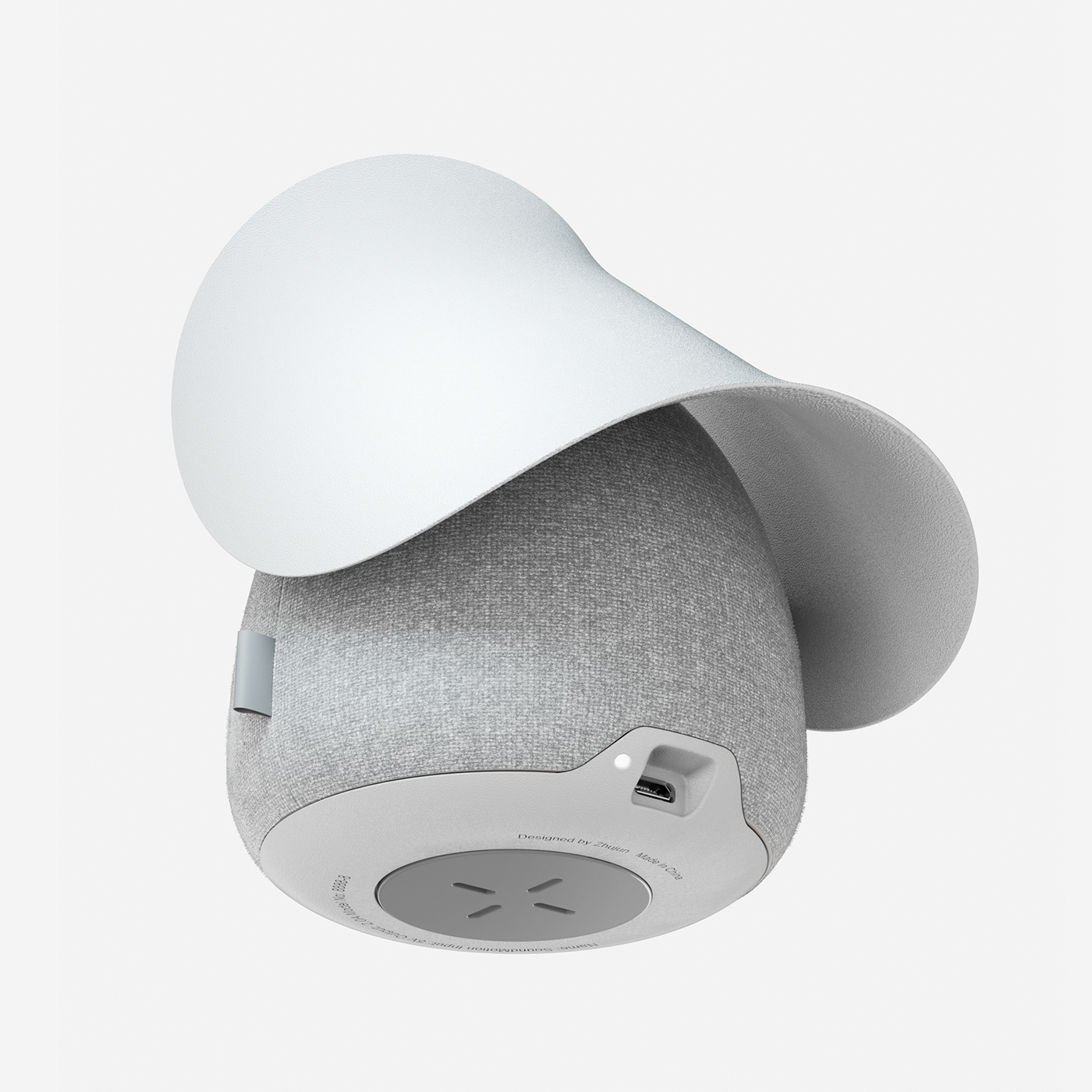
Tangible interaction design
In contrast to conveying explicit information through text messages and social media, this form of physical interaction subtly conveys the state of one partner and provides ambiguous cues of longing and care. Instead of forcefully interrupting the user's current activities with intrusive notifications, it naturally captures attention when the user chooses to engage. Users have the freedom to switch between subtle, peripheral interactions and explicit, visible interactions through physical gestures.




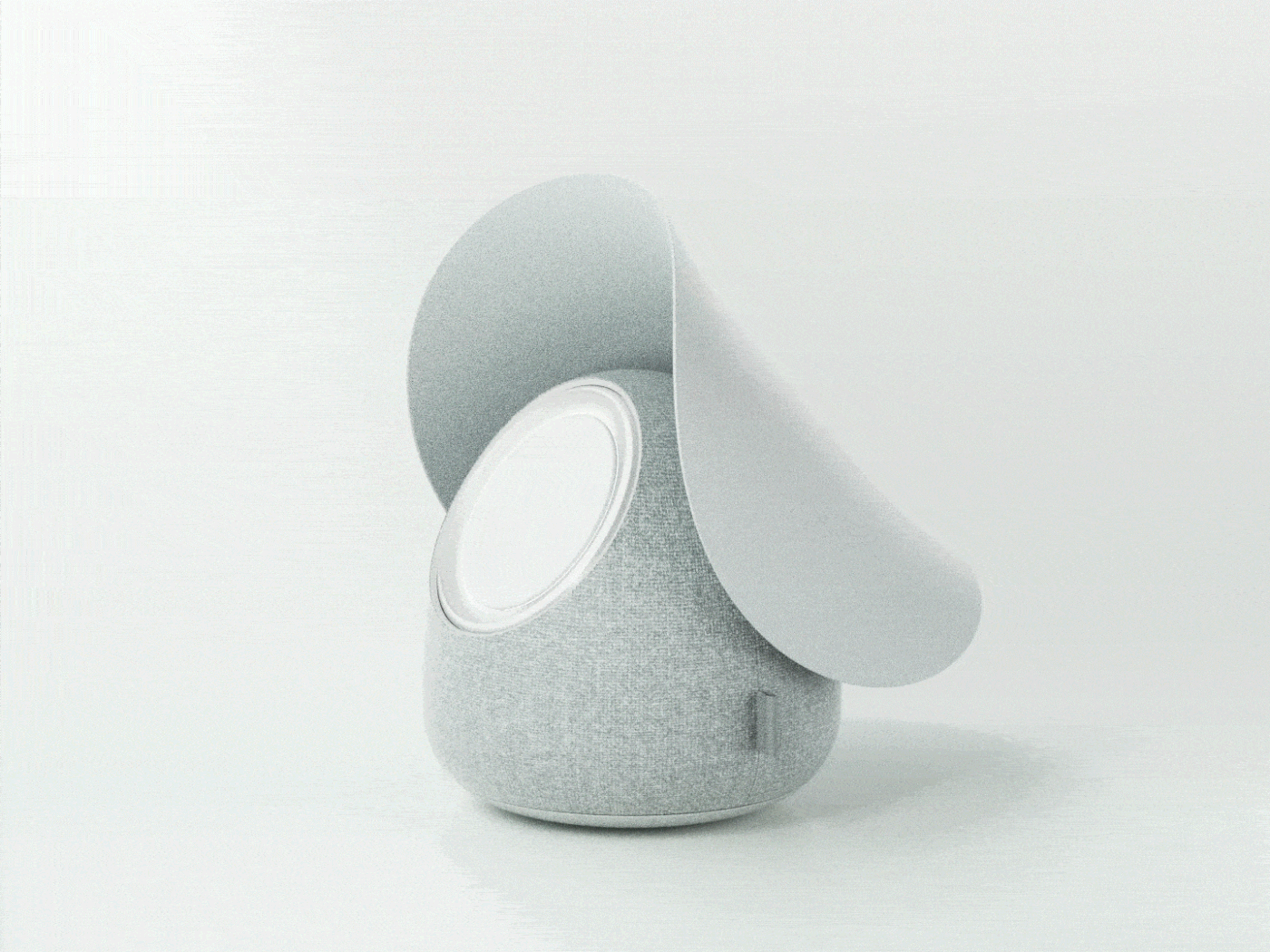
The hat acts as a switch
The Hat as a switch Control Bluetooth speakers by toggling the Hat on and off, which acts as a switch. Open the hat to the horizontal angle to turn on the device, it will act as a normal music speaker. Open the hat fully to enter the Couple Channel, and the screen will appear.


Physical movement as notification
When the device is turned on, if the partner is using the Couple Channel to listen to music, the Hat will continue to swing to indicate the partner's status.



Prototyping iteration for user test
Initially, I chose to use an electromagnet as the main driving component. I installed the electromagnet on the inner wall of the SoundMotion device and attached a magnet to the inner wall of the hat, as shown in the circuit diagram. However, during the actual experimentation process, I found that the electromagnet I purchased, which operates at 6-12V, had a limited magnetic field range and was unable to effectively attract and repel the magnet on the hat. Consequently, I opted for the second solution, which
involves using a servo motor to drive the swinging motion of the hat. I connected a 5V motor to the ESP8266 and used Blinker to control the motor's amplitude range, frequency, and duration of rotation.


Interaction logic map of the SoundMotion system
SoundMotion utilizes the ESP8266 as its hardware platform to control the product's hardware and establish a connection with the Spotify server. This enables the transfer of emoji feedback data generated during user interaction, allowing Spotify to analyze the data using the Spotify Web API and provide personalized music recommendations for couples.
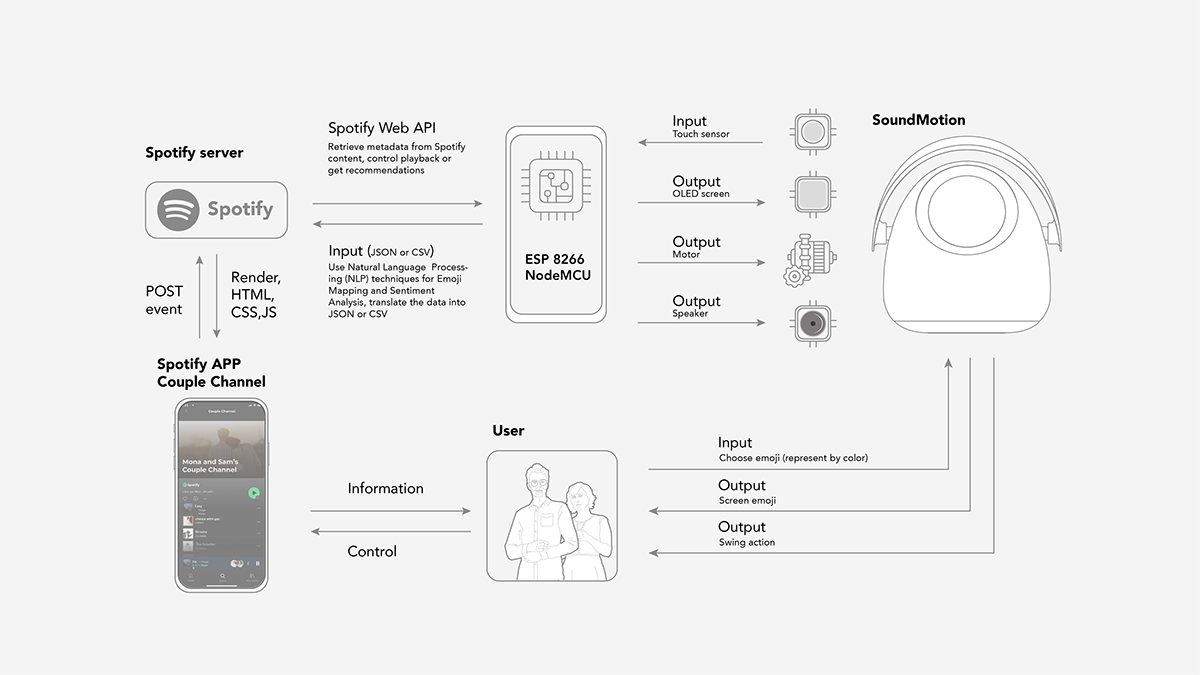
Concept video & Storyboard

Scenario
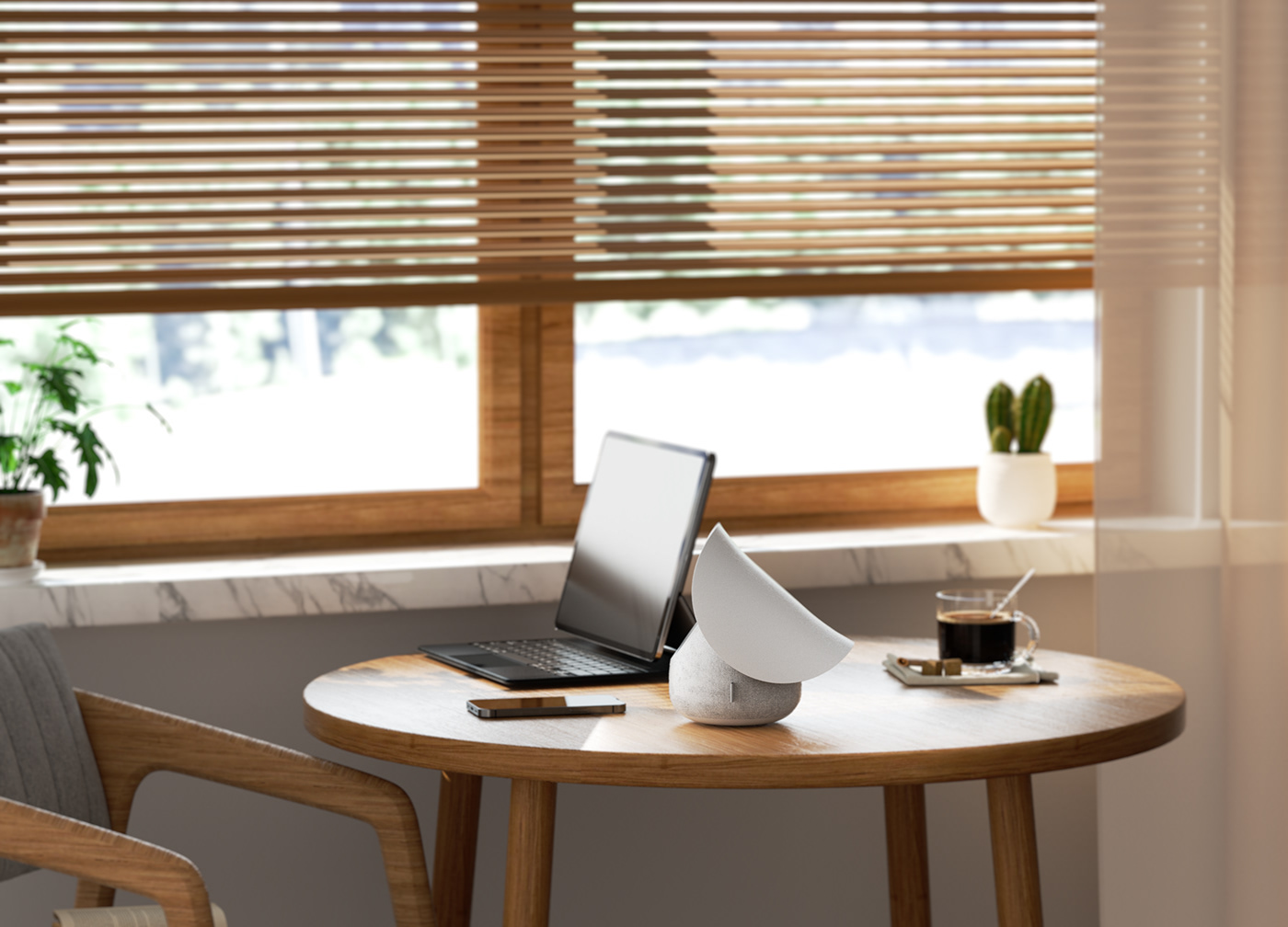
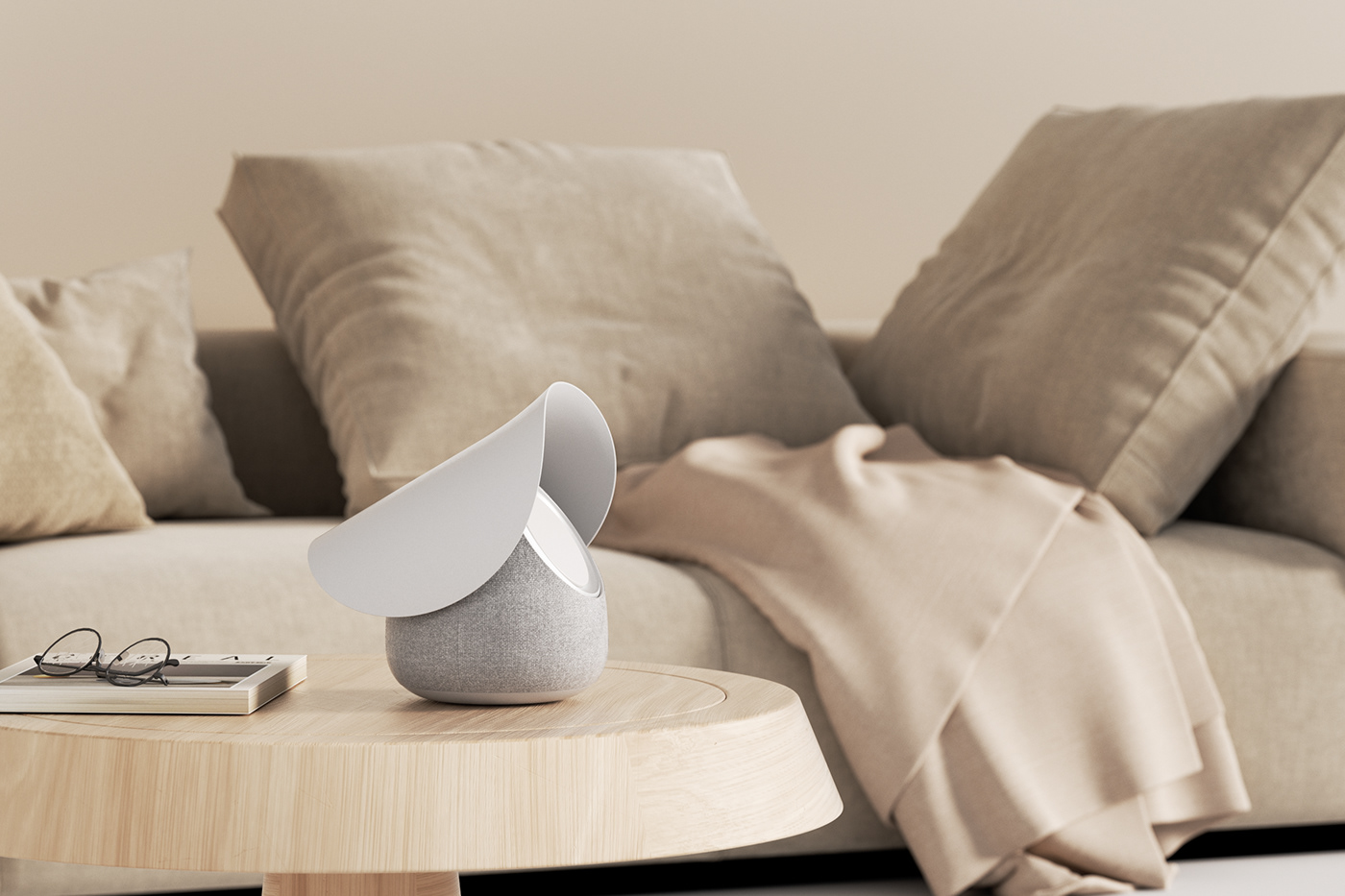
Thanks for viewing ;)




